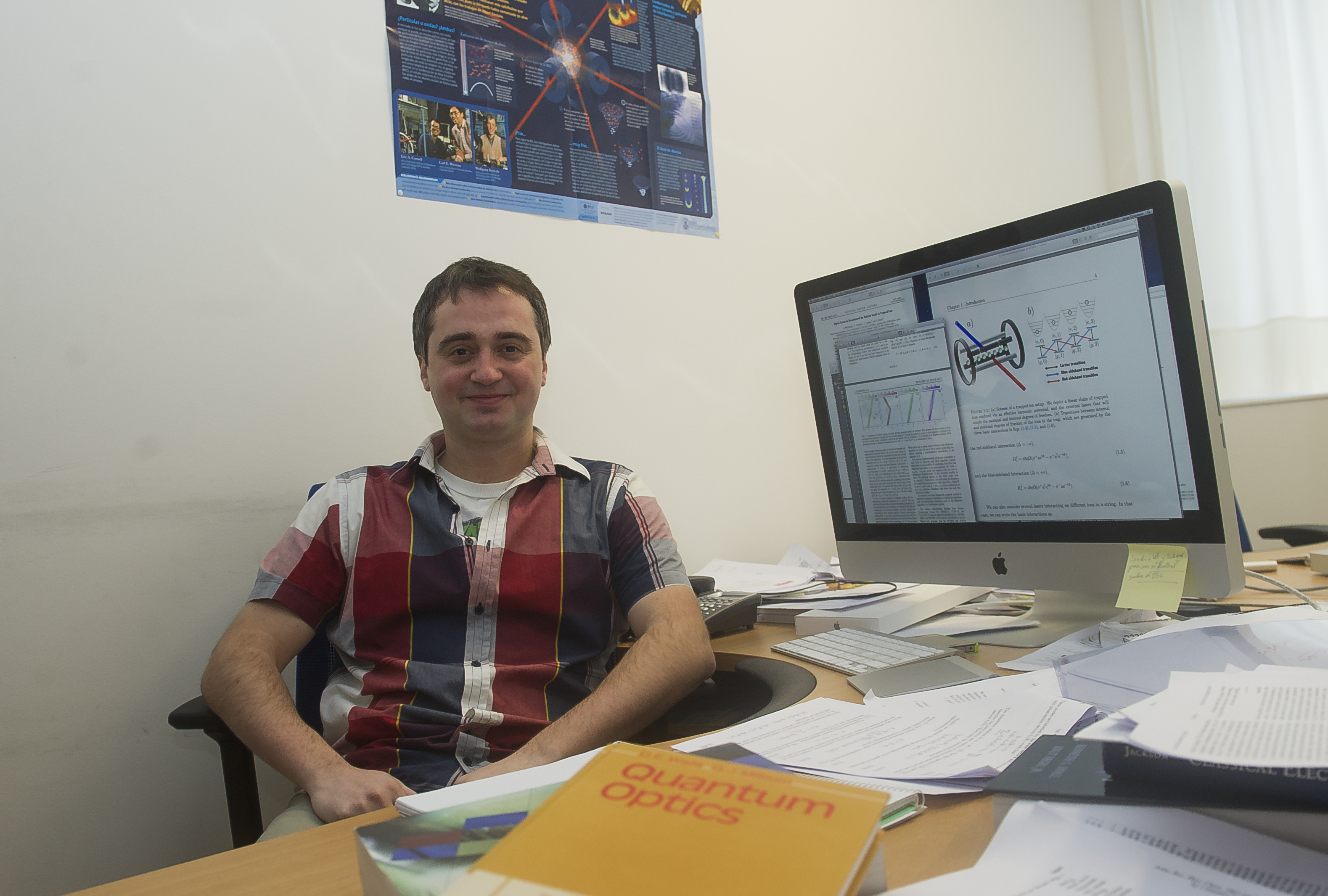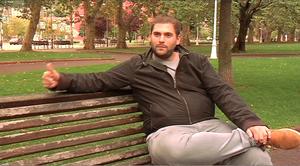See the invisible by simulator
2014/04/29 Lakar Iraizoz, Oihane - Elhuyar Zientzia Iturria: Elhuyar aldizkaria

A work carried out in the Department of Physical Chemistry of the UPV has allowed to develop quantum simulators that accurately simulate the behavior of complex physical systems (chemical molecules or relativistic particles). Through them, the stability of atoms and molecules, the reactivity of chemical compounds, and the result of the interaction between radiation and matter, among others, have been described.
All these situations constitute the basis of our physical world and cannot appear in the realm of classical physics. “The physical processes that occur at quantum level are due to very sophisticated mathematical models that cannot be investigated with current computers due to their computational limitations,” explains Dr. Jorge Casanova, a researcher at the UPV Department of Physical Chemistry. UPV researchers have used quantum simulators as a solution to computational limitation, capable of recreating the dynamics of a certain physical system, overcoming the limits of traditional computers.
Basically, the operation of these systems consists of isolating isolated atoms in a controlled medium to avoid interference with the environment. Then, through lasers, various operations are performed, such as exciting or disabling the electrons of these atoms. “In this way we managed to act as the system we want to investigate,” explains Casanova.
During the study, quantum simulation protocols have been designed for different physical situations. For example, they built a relativistic system simulator to simulate particles moving at the speed of light, “acting as if the immobile ions were moving at the speed of light.” Also proposed simulators of fermions and boson systems in interaction. “This step is very important,” explains Casanova, “because they are two types of particles in nature”: in atoms, for example, electrons are fermions, and bosons, protons and neutrons, or photons. “We know well the equations that describe the dynamics of these systems, but we cannot solve them because they are very complex,” he says.
The information offered by the simulators is “very interesting” from a technological point of view, according to Casanova. Although they are still in their beginnings, “I believe that in 5-10 years we will be able to develop specific molecules of certain processes such as the absorption of solar energy, as well as to design materials and drugs. When we come to understand complex systems, we can predict how they will act and design a new technology based on that knowledge.”

Gai honi buruzko eduki gehiago
Elhuyarrek garatutako teknologia





